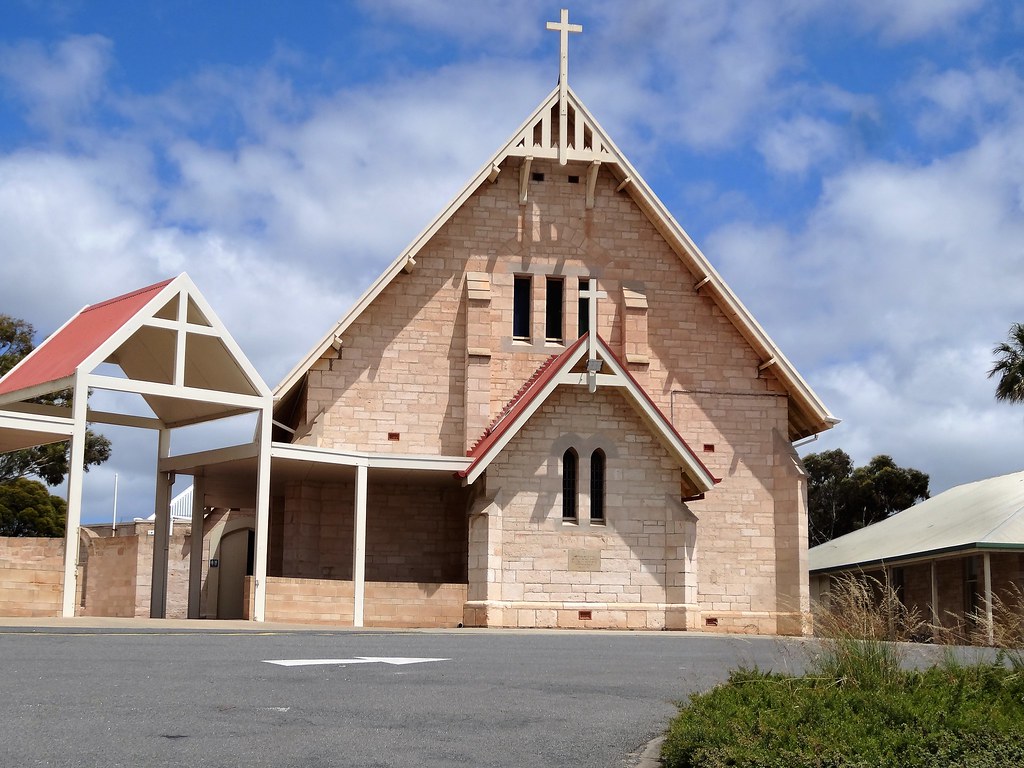
3 Key Facts About the Michigan Church Shooting Suspect That Shocked Investigators (image credits: upload.wikimedia.org)
The stark image of police tape surrounding a house of worship serves as a haunting reminder that violence can strike even in the most sacred spaces. A deadly shooting at a Michigan church has left a community grappling with tragedy and searching for answers about what drove someone to commit such an act.
## The Suspect’s Identity Sends Ripples Through the Community
The revelation of the shooter’s identity has stunned both law enforcement and local residents. Investigators discovered that the suspect wasn’t a complete stranger to the area, which has complicated the narrative many expected. This connection has forced the community to confront uncomfortable questions about how well they truly knew their neighbors.
The suspect’s background reveals a complex picture that defies simple explanations. Rather than fitting the profile many might expect, the individual’s history includes elements that have surprised even seasoned investigators.
## Warning Signs That Went Unnoticed
Mental health professionals and law enforcement experts are now examining whether there were red flags that could have prevented this tragedy. The suspect’s recent behavior patterns suggest there may have been indicators that weren’t properly recognized or reported.
Social media activity and interactions with family members are providing crucial insights into the suspect’s state of mind leading up to the incident. These digital footprints are painting a troubling picture of someone who may have been spiraling toward violence.
Community members are now reflecting on whether small signs they dismissed could have been early warnings. The tragedy has sparked conversations about when concern becomes action.
## The Weapon and Planning Details
- The firearm used was legally purchased within the past year
- No extensive planning appears to have taken place
- The suspect had no prior criminal record involving weapons
- Security footage shows the individual acting alone
The investigation has revealed that this wasn’t a meticulously planned attack spanning months or years. Instead, evidence suggests a more spontaneous act of violence, which has implications for how communities might identify and prevent similar incidents in the future.
## Legal Proceedings and Charges Filed
The suspect now faces multiple serious charges that could result in life imprisonment without parole. Prosecutors have moved quickly to ensure the strongest possible case, given the severity of the crimes and their impact on the community.
Legal experts note that the evidence gathered so far appears overwhelming. The swift filing of charges reflects both the clear nature of the case and the community’s need for justice.
## Community Response and Healing Efforts
Local religious leaders have united across denominational lines to support the affected congregation and broader community. Vigils and memorial services have drawn hundreds of participants, demonstrating the power of collective grief and hope.
Mental health resources have been mobilized to help those processing the trauma. Counselors specializing in mass violence incidents have volunteered their time to ensure no one suffers alone.
The church itself faces difficult decisions about when and how to resume normal operations. Balancing the need for healing with security concerns presents ongoing challenges.
## Lessons for Other Communities
Key Takeaways:
- Community vigilance must balance awareness with avoiding paranoia
- Mental health resources need to be accessible before crises occur
- Faith communities require updated security protocols without losing their welcoming nature
This tragedy serves as a sobering reminder that violence can emerge from unexpected sources and strike in places we consider safe. While we cannot eliminate all risks, we can work to create systems that better identify struggling individuals and connect them with help before they reach a breaking point.
How can communities maintain their openness and trust while also protecting themselves from those who might exploit that very vulnerability?





